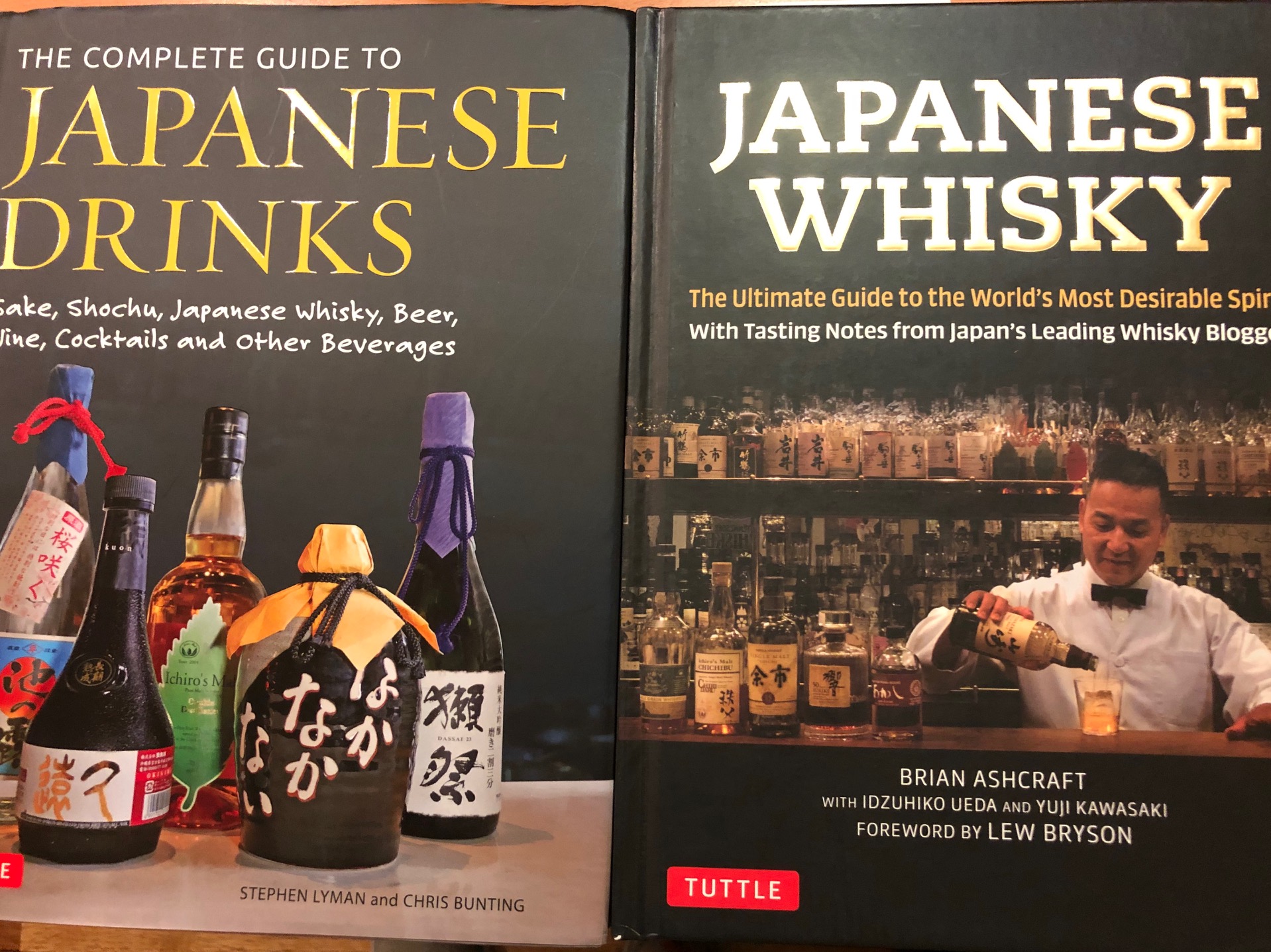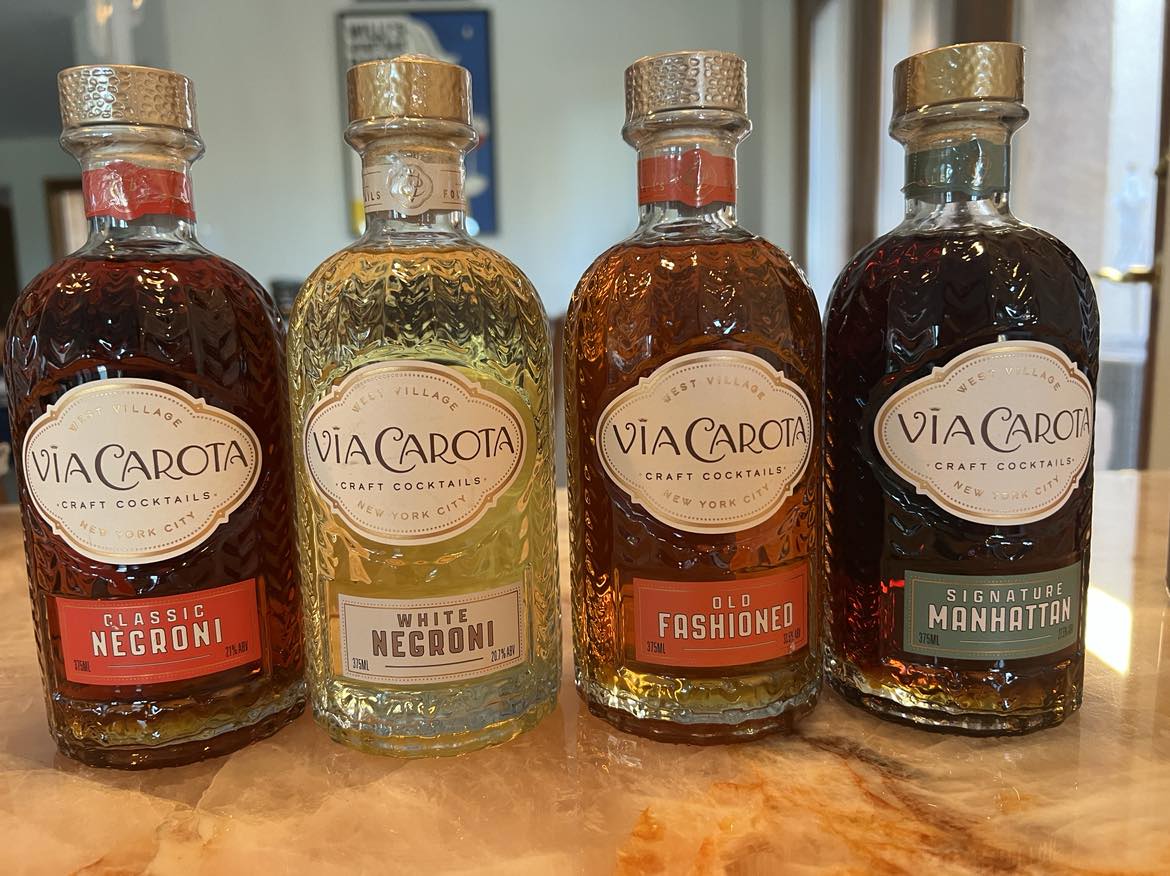I had titled this review before writing it, then I read this very educational and entertaining book and had to make a change because, well, I learned a lot about Japanese drinks yes, but also about the history and drinking culture in Japan. I found myself taking copious notes – some of which I will share in bullet points below – as well as a shopping list and travel plans. This is what I knew from the publicist:
 The Complete Guide to Japanese Drinks: Drink your way through Japan (even from home) with the help of: The Complete Guide to Japanese Drinks! This comprehensive survey of Japanese drinks covers all the main types of beverages found in Japanese bars and restaurants, as well as supermarkets and liquor stores around the world (including Sake, Shochu, whisky, wine, beer & fruit wines). Descriptions of the beverages, their history, production method, current trends and how to drink them are provided. Detailed bar and buyer’s guides list establishments where readers can go to enjoy and purchase the drinks, both in Japan and cities around the world!
The Complete Guide to Japanese Drinks: Drink your way through Japan (even from home) with the help of: The Complete Guide to Japanese Drinks! This comprehensive survey of Japanese drinks covers all the main types of beverages found in Japanese bars and restaurants, as well as supermarkets and liquor stores around the world (including Sake, Shochu, whisky, wine, beer & fruit wines). Descriptions of the beverages, their history, production method, current trends and how to drink them are provided. Detailed bar and buyer’s guides list establishments where readers can go to enjoy and purchase the drinks, both in Japan and cities around the world!
My Review
As I said above I learned a lot. The authors, Stephen Lyman and Chris Bunting, shared all of their information clearly so that anyone from a student of wine and spirits to wine and spirit lovers – that might just want to travel to Japan – would find more than helpful. Chock full of professional photographs, this was one of the best “textbooks” I had the pleasure to read in a long time.
These are a few takeaways for wine 101ers:
First off, you won’t “get lost in translation” as can happen with some book translations, as the authors are American and English.
Japan’s alcohol traditions date back two thousand years. A Chinese author made the first written record in 297 AD.
Early beer brewing was often done at home due to alcohol taxes and regulations. Beer remains the most popular drink in Japan. However, depending on what part of Japan you are in you may find the locals prefer shochu, sake, or wine.
Fermented rice for making sake was originally fermented through human chewing. Steamed rice goes in, spat out into a communal jar, by end of the day the saliva from chewing creates enzymes that turn the starch to a sugar, and yeast begins making it all alcohol – to be consumed that same evening. Wait a week and the concoction would create a beer-strength drink. Google the word for mouth-chewed sake if you like: kuchikamizake.
The word “sake” in Japan refers to all alcohol. Japanese use the word “Nihonshu” to refer to brewed rice sake.
Shochu is a Japanese distilled spirit that can be made from anything that can be distilled; most common is sweet potato, followed by rice and barley. An interesting one to find is the “black-sugar” aka “kokuto” in Japanese – it’s made from blocks of sun-dried molasses found in the Amami Islands. (Note: I’ve sampled a few sweet potato shochu at Japanese trade shows and always look forward to trying them.)
Shochu is distilled three times more in Japan than Tequila is in Mexico. And Shochu is mostly all consumed in Japan.
The spirit Awamori is referred to as “Japanese moonshine” in the book. We get the history, who drinks it (originally for aristocrats) and learn that it’s stronger than Shochu.
In 1853 Bayard Taylor, an American, said that Awamori tasted “old and mellow with a sharp, sweet unctuous flavor, somewhat like a French liqueur.”
Umeshu is a category of plum liqueur as well as for other fermented fruits drinks. The “ume” plum is the most common, a green pickled tart plum, sugar is added during the fermentation process. Many Japanese make the drink at home.
The two early giants in the Japanese whisky market remain the same: Suntory and Nikka. At one point in the early 70s Japan was the fourth largest whisky producer worldwide, and producing three times as much as Ireland. Currently they are garnering more attention for several awards for aged whiskeys.
There is a shout out and recommendation in this book to read the next book I’m reviewing: Brian Ashcraft’s Japanese Whisky.
Gin distillers use the required juniper but they also may add in green tea, bamboo leaves and ginger.
Over 100 beer breweries were open in Japan by the end of the 1800s, two today still stand: Sapporo and Yebisu. Craft breweries began popping up in 1994 as the Japanese minimum production laws changed.
Japanese wine is made most often from Koshu (a white grape varietal – and not the same thing as Koshu aged alcohol) or Muscat Bailey (the red grape varietal). There are many domestic sweetened and inexpensive wines. Manga (adult Japanese comic books) have made huge inroads in creating a desire to learn and taste more Japanese wines.
Cocktail making can be traced back to one bartender that opened many bars – the first without hiring costly entertaining hostesses – trained many bartenders, created an association of bartenders, created a bartending school and focused on professionalism: Tatsuro Yamazaki.
Sake, Shochu, Awamori and Japanese Whisky can be served many different ways and the book goes into detail the differences in each. How each is made is also a good part of the book.
The last two sections of the book is a global bar guide and shopper’s guide – both worth examination if you are looking for a particular Japanese drink near you.
About the Authors
Stephen Lyman interned for a sake distillery in Japan before becoming the first graduate of the Sake School of America’s Shochu Adviser Course and a kikisakeshi (sake sommelier) through Sake Service International. In 2016 he was named the first Honkaku Shochu Ambassador by the Japanese government through the Cool Japan program.
Chris Bunting has worked in London and Japan for publications including the Asahi Shimbun, Times and Independent. He developed his love of Japanese alcohol while living in Tokyo and is the author of Drinking Japan.
Get yours here à https://www.tuttlepublishing.com/japan/the-complete-guide-to-japanese-drinks
Eve Bushman has a Level Two Intermediate Certification from the Wine and Spirits Education Trust (WSET), a “certification in first globally-recognized course” as an American Wine Specialist ® from the North American Sommelier Association (NASA), Level 1 Sake Award from WSET, was the subject of a 60-minute Wine Immersion video (over 16k views), authored “Wine Etiquette for Everyone” and has served as a judge for the Long Beach Grand Cru and the Global Wine Awards. You can email Eve@EveWine101.com to ask a question about wine or spirits










